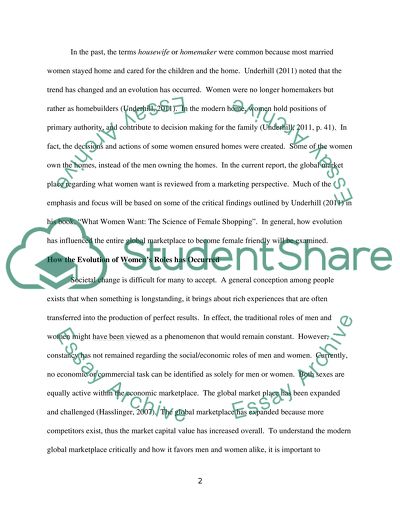Cite this document
(“What Women Want: The Global Marketplace Turns Female-Friendly Term Paper”, n.d.)
Retrieved from https://studentshare.org/marketing/1474075-what-women-want-the-global-marketplace-turns
Retrieved from https://studentshare.org/marketing/1474075-what-women-want-the-global-marketplace-turns
(What Women Want: The Global Marketplace Turns Female-Friendly Term Paper)
https://studentshare.org/marketing/1474075-what-women-want-the-global-marketplace-turns.
https://studentshare.org/marketing/1474075-what-women-want-the-global-marketplace-turns.
“What Women Want: The Global Marketplace Turns Female-Friendly Term Paper”, n.d. https://studentshare.org/marketing/1474075-what-women-want-the-global-marketplace-turns.


